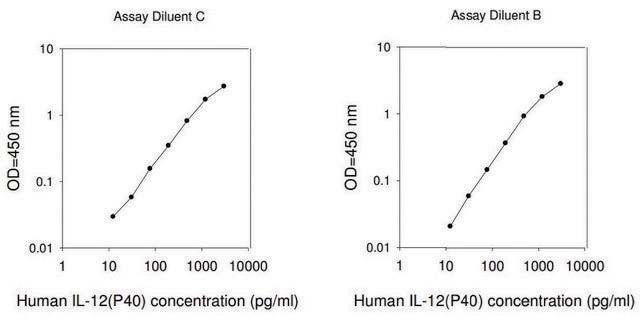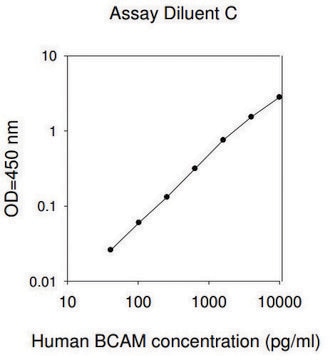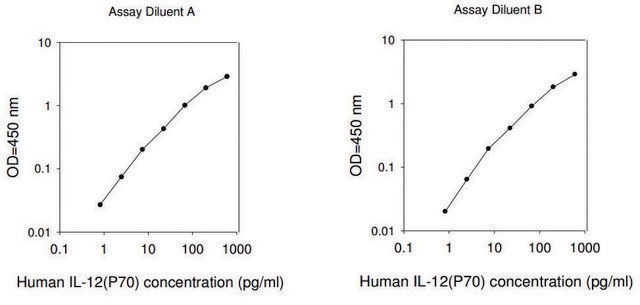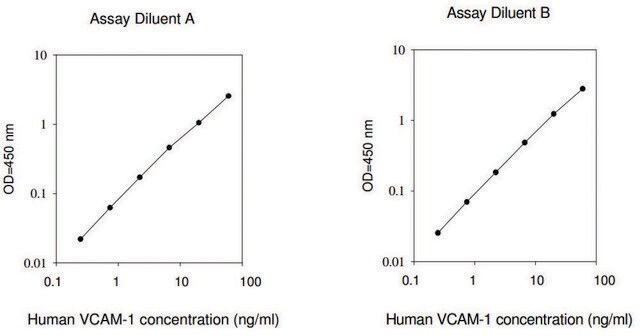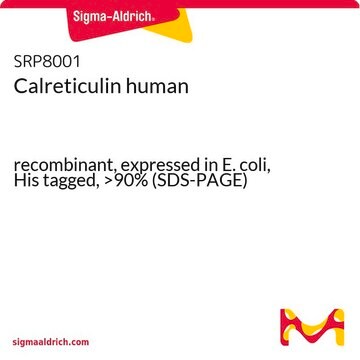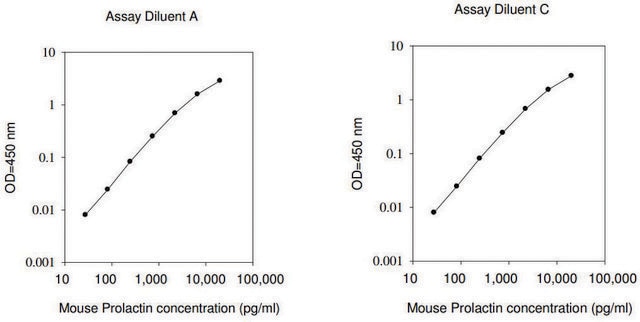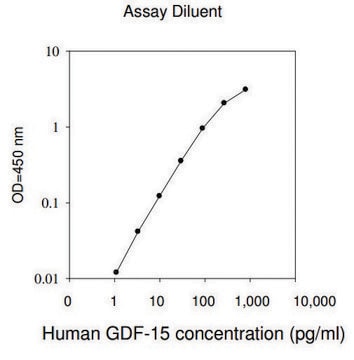RAB1038
Human ECM-1 ELISA Kit
for cell culture supernatants, plasma, and serum samples
Seleccione un Tamaño
MXP 14,914.00
Fecha estimada de envío16 de abril de 2025
Seleccione un Tamaño
About This Item
MXP 14,914.00
Fecha estimada de envío16 de abril de 2025
Productos recomendados
species reactivity
human
packaging
kit of 96 wells (12 strips x 8 wells)
technique(s)
ELISA: suitable
input
sample type plasma
sample type cell culture supernatant(s)
sample type serum sample(s)
assay range
inter-assay cv: <12%
intra-assay cv: <10%
sensitivity: 24 pg/ml
detection method
colorimetric
shipped in
wet ice
storage temp.
−20°C
Gene Information
human ... ECM1(1893)
General description
Application
Please refer to the attached Protocolfor details.
Biochem/physiol Actions
Other Notes
signalword
Warning
hcodes
pcodes
Hazard Classifications
Met. Corr. 1
Storage Class
8A - Combustible corrosive hazardous materials
flash_point_f
Not applicable
flash_point_c
Not applicable
Elija entre una de las versiones más recientes:
¿Ya tiene este producto?
Encuentre la documentación para los productos que ha comprado recientemente en la Biblioteca de documentos.
Active Filters
Nuestro equipo de científicos tiene experiencia en todas las áreas de investigación: Ciencias de la vida, Ciencia de los materiales, Síntesis química, Cromatografía, Analítica y muchas otras.
Póngase en contacto con el Servicio técnico
